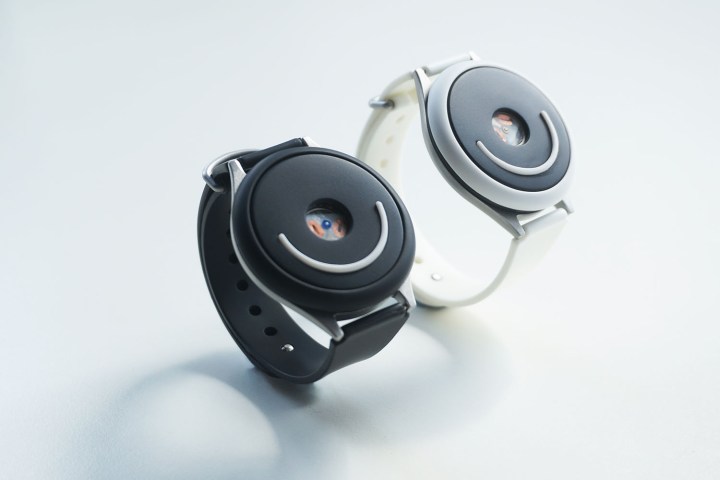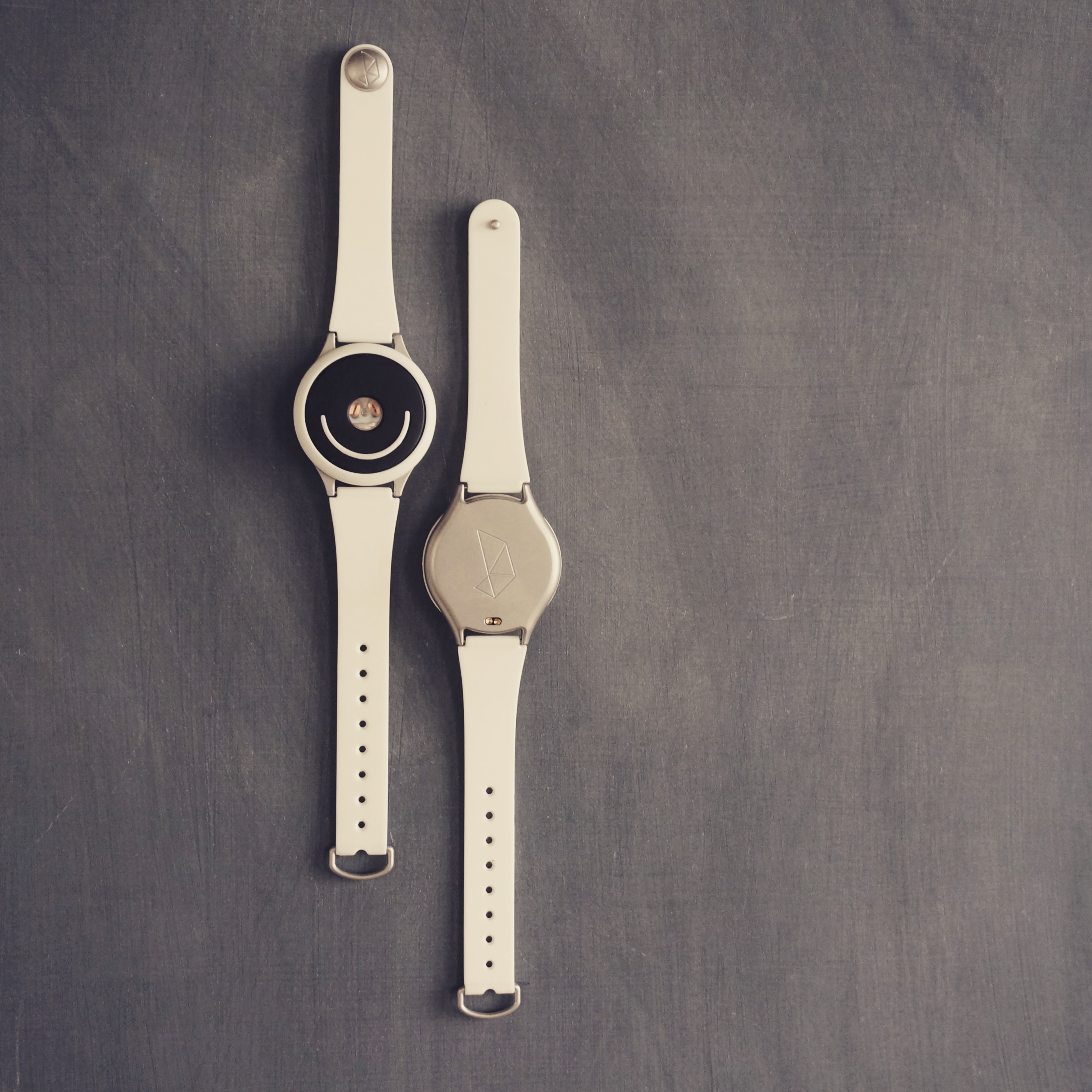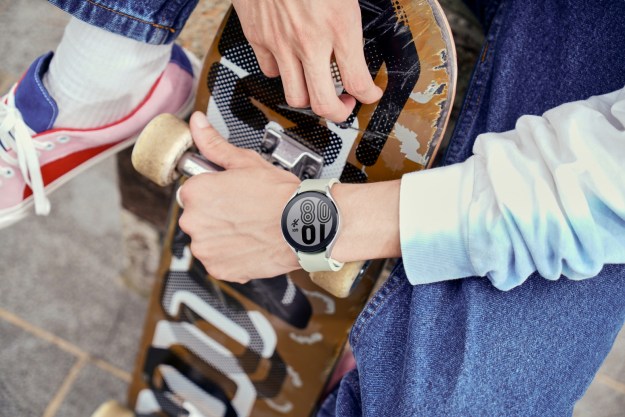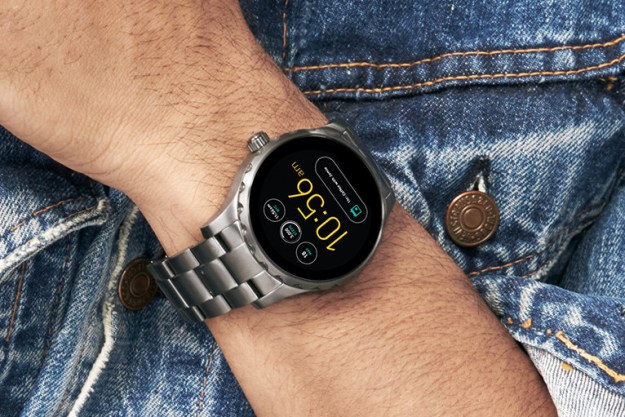
The device is dubbed “doppel” and delivers rhythmic vibrations to the inside of the wrist. The wearable is designed to tap into our innate physiological response to rhythm — think of how physical rocking or certain kinds of music can make your feel calm, while fast-paced rhythms can make your feel anxious or excited.
“Several early doppel users have said that doppel made them feel more focused and alert especially when doppel was vibrating on a high speed,” Manos Tsakiris, a psychologist who worked on the study, told Digital Trends. “We have also done one pilot experiment at my lab to demonstrate the effect of doppel on focus and alertness. After these encouraging results the crucial issue was to demonstrate that doppel can also having a calming effect.”
To test this idea, Tsarkiris and his team simulated a stressful situation by asking subjects to prepare for a public speech, which previous studies and plenty of anecdotes have established as a pretty stressful task.
“We wanted to use a task that … makes sense for real life … is successful in eliciting stress and anxiety, and a task to which potential users can easily relate to,” Tsarkiris said. “And it seems to us that most of the working population will have to give a shorter or a longer speech at some point of their career.”
In the study published last week in the journal Scientific Reports, the volunteers wore a doppel as they were preparing for the speech, but were told the device measured blood pressure.
Instead, the device did nothing for one group and gave another group subtle vibrations, slower than their resting heart rate. The researchers recorded how anxious the volunteers said they were along with physiological markers of stress. They found that only the group who wore the device showed psychological and physiological signs of decreased stress.
“Our finding is important not only because we show the significant effect that doppel can have on the physiology and psychology of the users, but also we show it within the context of a situation that may easily arrive in our everyday life,” Tsarkiris said.
The device will is available for pre-order for 125 British pounds ($160 in the United States) and is expected to ship this summer.



